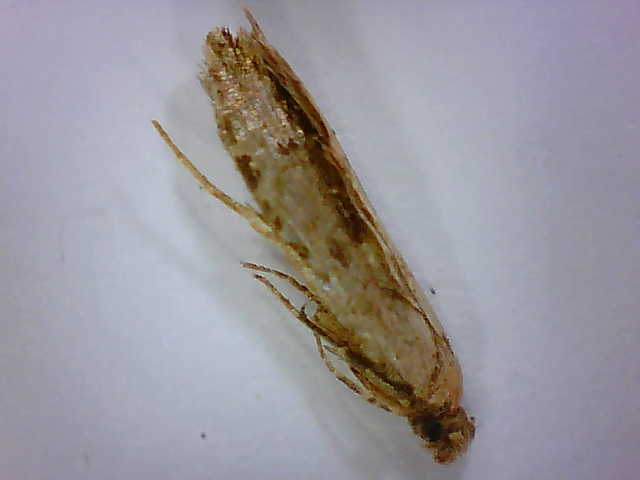National Moth Week
National Moth Week is upon us; a time to appreciate those mostly night-flying puff-balls of scales that can tell us about the plant community and ecosystem of a broad area, all at one bright porch light. Moths belong to the order Lepidoptera (which translates as scale-wing), and are the adult form of caterpillars. With around 180,000 described species, moths make up one of the largest and most diverse groups of animals on earth. They range in size from diminutive clothes moths to atlas moths with wingspans comparable to small birds or bats, and between adults and larvae feed on a wide range of foods include all parts of plants, nectar, blood, tears, dung, honey, carrion, and other insects.
For the most part, I feel like my moth week has been gnawed away by rats, as I’ve spent most of the week helping technicians deal with challenging rat infestations. However, I’ve noticed that the moths are gnawing back. I have noticed fungus moths in the family Tineidae lurking amongst the rats in most of the rat jobs I have helped with. Despite their tiny size, they are immediately recognizable for sharing a hairdo with Jareth the Goblin King from the movie Labyrinth. This family of moths includes species with truly remarkable eating habits; the most famous are the clothes moths, which feed on wool and other natural fibers, as well as stored grain products, while the most extreme are the horn moths that feed on the pure keratin in horns and hooves of dead mammals or the shells of dead tortoises.
These moths, whose behavior is reminiscent of carpet beetles, are most likely feeding on the cluttered items stored in the areas the rats infest, on food caches hoarded by the rats, on rat droppings, and/or on the remains of dead rats. In some cases, they can become pests, though the ones I have seen have been in small numbers, causing negligible damage – especially when compared to that caused by the rats they were found alongside.







